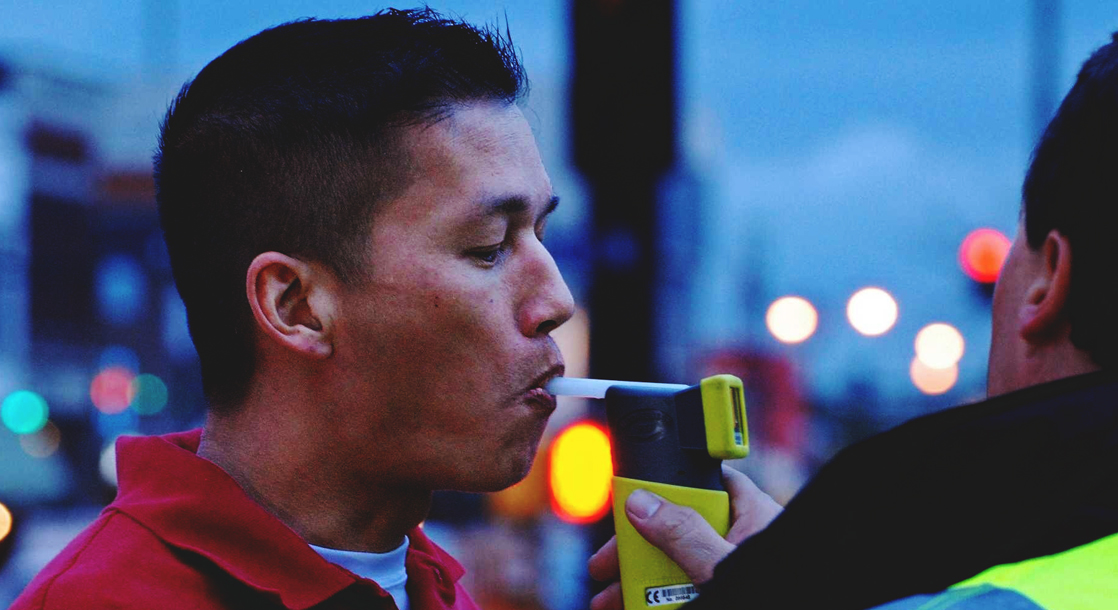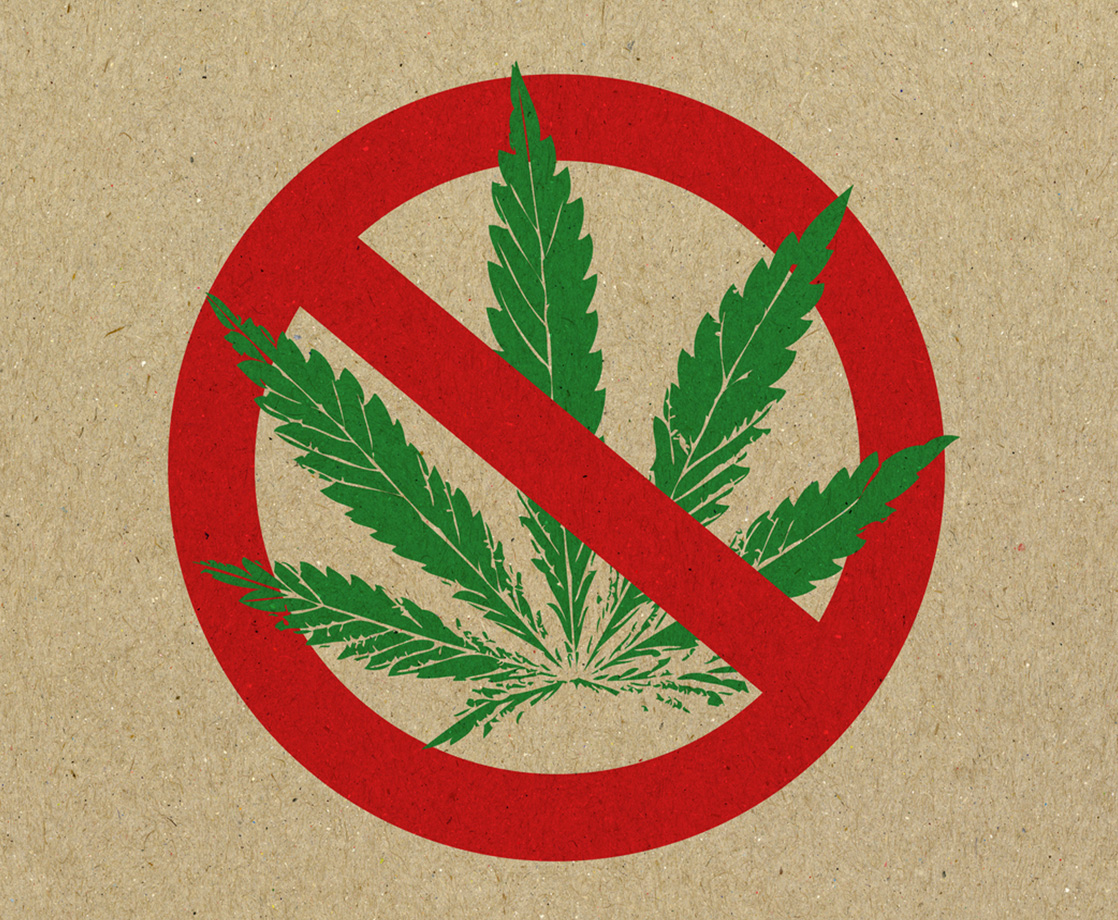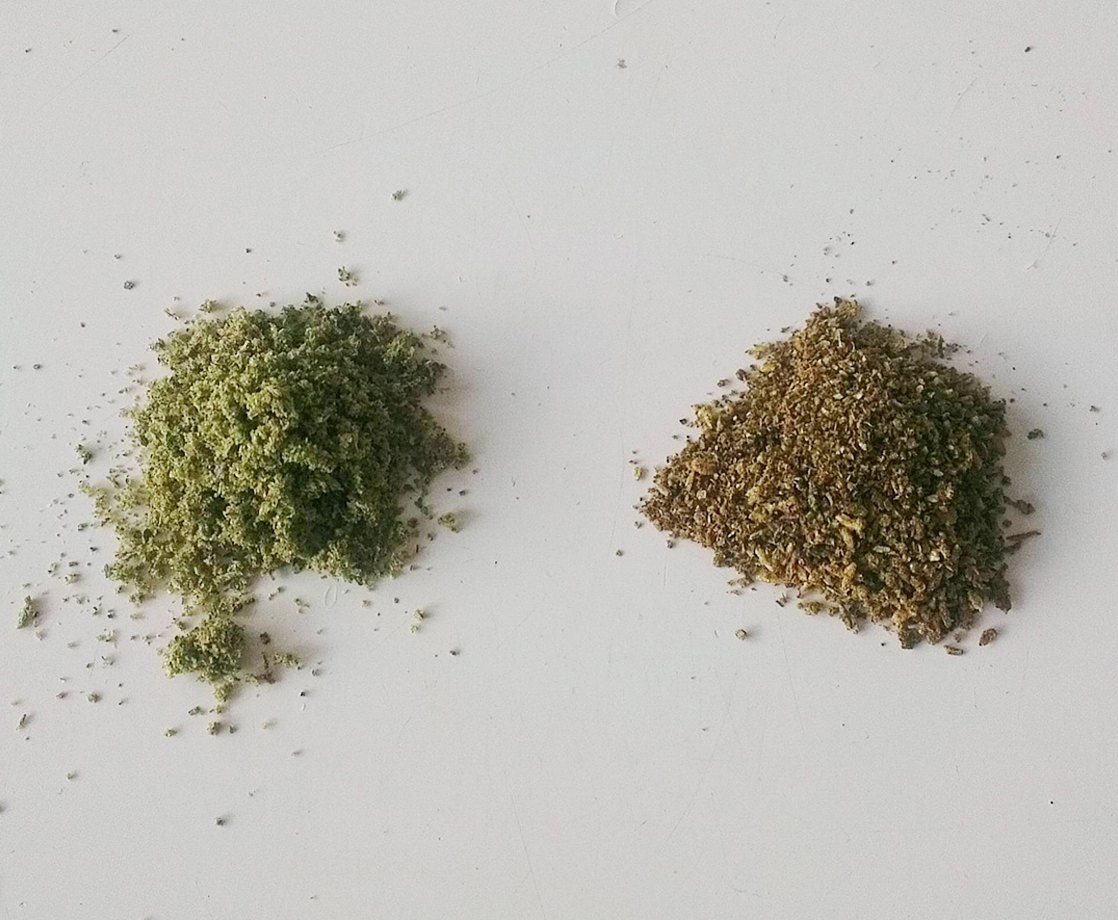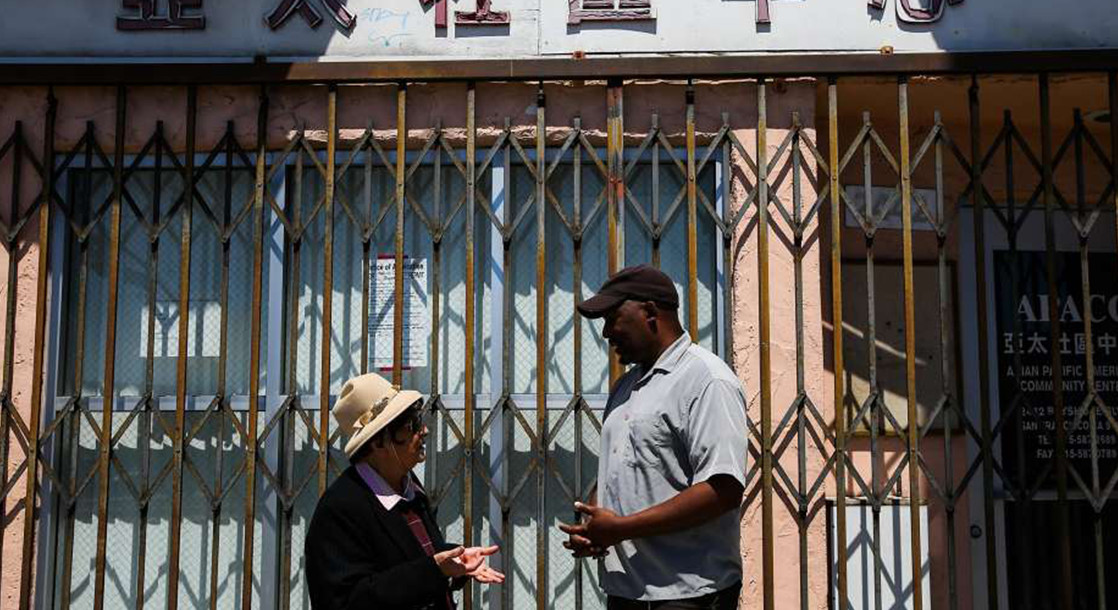With Ohio legalizing medical marijuana states are now pushing for ways to test those who may be under the influence of weed while driving. Today in Washington if cops suspect a driver exceeding the legal limit (5 nanograms of THC per milliliter of blood), they must call for a special trained colleague who will run a 12-point test examining the suspect’s light sensitivity, eyelid tremors, balance, and other factors. Next step is to draw blood but the officer will need a search warrant in order to do so creating time for the drug to dissipate in the bloodstream.
So a professor at Washington State University created a weed breathalyzer that will detect THC in order to help police officers test immediately through a Game Boy looking device that has a blow tube on the side where suspects can blow into. The professor's name just happens to be Herb Hill and along with his graduate student, Jessica Tufariello, they are working together to make a weed breathalyzer.
The weed breathalyzer relies on a technique called differential mobility spectrometry (DMS), which generates two electric fields designed to keep THC ions flowing to a sensor at the end of the tube. The first charge alternates between strong positives and negatives, attracting and repelling molecules with the second charge counteracting those fluctuations meaning the THC will make it through but other ions don’t.
The pair had originally planned to test for 10 common illicit substances but narrowed it down to THC in 2012 after Washington legalized pot. Now with over $300,000 in funding commitments from Chemring Group, a British defense contractor with U.S. divisions that produce detection devices for chemical and biological agents, the pair have ramped up their efforts to release it by fall for police to use.
While creating a weed breathalyzer may seem difficult, Tufariello explained that it wasn’t difficult to find users to test the device out but federal restrictions doesn’t allow researchers to supply the pot, do testing on campus, or pay volunteers to smoke. She went ahead and found smokers in the area that were willing to provide everything necessary on their end while the users were paid for their time. Tufariello explained that she tested each user prior to smoking, after the user smoked and after they had the munchies, with the device detecting THC in 81 percent of the samples.
Both Hill and Tufariello are working hard to get the device in the hands of police by fall and have just received the latest model Chemring created that looks like a glue gun with the device detecting THC 89 percent of the time. The group is now comparing tests to correlate THC levels found in the lab with blood drawn samples at the hospital. “That will be incredibly valuable,” Jeff Okamitsu told Bloomberg, Chemring’s CTO. “That lets me look at what is the smallest amount of THC we can detect.”











